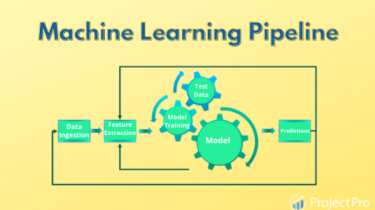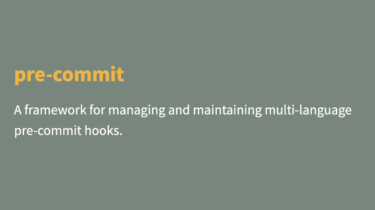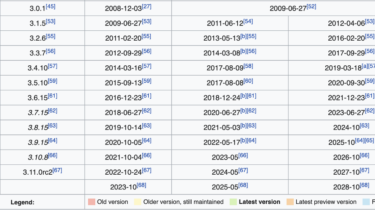Pywirt — Python Windows Incident Response Toolkit
Tested on Windows 10 operating system. This tool can be used in the Identification phase of the incident response process. At this stage, you can use SysInternals tools as well as use this tool.
Read more






